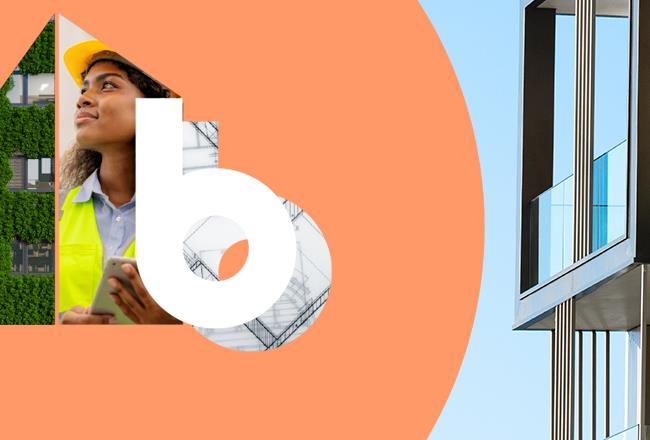
Enhancing building efficiency with advanced insulation solutions
Benefits of PUR/PIR insulation and Polycarbonate Sheets
Leading the way in thermal performance
PUR/PIR insulation is renowned for its superior thermal conductivity, providing exceptional insulation efficiency. This enables buildings to achieve higher energy performance standards and reduce operational costs associated with heating and cooling.
Transparent Polycarbonate Sheets made with Makrolon® fulfill multiple requirements in industrial and construction. They are lightweight, extremely tough and can be offered in a wide range of colors and degrees of transparency. This makes them a perfect fit for roofing and facades, light panels and skylights.
Through the concentration and scattering of daylight with rooflights, panels or skylights, architects and construction companies can create a more livable and workable environment while saving energy at the same time.
Environmental impact and sustainability
Our PUR/PIR insulation solutions play a crucial role in supporting global climate goals and environmental stewardship. By minimizing energy consumption during manufacturing and throughout their lifecycle, these materials significantly reduce carbon footprints1, promoting sustainability in the construction sector.
Furthermore, they now can be produced replacing fossil-based resources by renewable raw materials via mass balance approach, decreasing the emissions further during the manufacturing phase.
Design flexibility and efficiency
Designed for versatility, PUR/PIR insulation facilitates flexible design options in construction projects. Its lightweight properties and ease of installation optimize space utilization and streamline construction processes, enhancing overall project efficiency.
Polycarbonate Sheets offer remarkable design flexibility with their inherent lightweight and tough nature. They can be easily integrated into various building designs, providing both structural strength and aesthetic appeal. Their ability to be customized for different levels of light transmission makes them an excellent choice for applications such as roofing, facades, and greenhouses, enhancing both functionality and design efficiency.
Advancing more sustainable renovation projects
Transforming historic buildings
In Europe and beyond, historic buildings often face challenges related to energy efficiency. Our PUR/PIR insulation solutions offer a sustainable path to preserving architectural heritage while enhancing energy performance. These materials enable the renovation of older structures to meet contemporary sustainability standards without compromising their historical integrity.
Driving affordability and long-term value
By reducing heating and cooling demands by up to 70%, PUR/PIR insulation lowers operational costs over the building’s lifespan. This affordability, combined with enhanced energy efficiency, supports sustainable, cost-effective housing solutions.
1 Emission reduction of up to 50% for the final product (insulation boards) when using our climate-neutral Desmodur® CQ MS, depending on each manufacturer's formulation
Curious? Check out the FAQs!
How better can be PU insulation performance compared to other insulation materials?
Due to its outstanding lambda value, PU foams insulate with much less material, saving resources and space. Compared to traditionally employed insulation materials, like EPS or Stone Wool, the insulation layer can be 30 to 50% thinner.
How does PU insulation contribute to energy savings in buildings?
During the building’s life cycle, PU insulation can save up to 100 times more energy than the energy used for its manufacturing. Furthermore, PU insulation can reduce the heating and cooling demand by up to 70% in poorly insulated buildings, with a very thin insulation layer, being the perfect solution for renovation.
Can PU foam sheets be used in both new construction and retrofits?
Yes, PU insulation can be applied for existing and new buildings. The material can be easily cut and adapted to different types of buildings and surfaces, without losing performance.
What are the benefits of using PU in terms of design flexibility?
PU foams can be easily adapted to different building shapes and surfaces, allowing high level of flexibility and creativity to planners and builders.
How does PU insulation support housing affordability?
The thinner insulation layer from PU insulation allows more spacing saving when compared to other traditionally used insulants, like EPS or Stone Wool, allowing developers/house owners to make better use of the space, adding more usable square meters to the building without sacrificing on costs. Furthermore, PU insulation contributes significantly for the reduction of the energy consumption in new and existing buildings, being a perfect solution for reducing the energy bills.
Can Polycarbonate Sheets be used in both new construction and retrofits?
What are the benefits of using Polycarbonate Sheets in terms of design flexibility?
Color, form and degree of translucency can be combined with additional functions such as heat insulation or capturing daylight.






